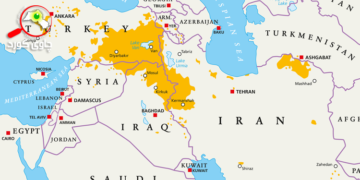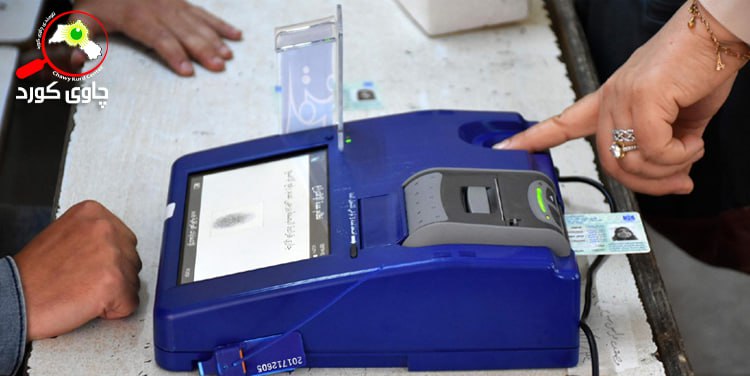Concepts, messages and challenges of electronic voting; the future of elections”
In any country, one of the signs of moving towards democracy is the electoral process and establishing security and transparency in elections. The foundation of political systems, the role of people in politics and government, the process and degree of influence of citizens in political decisions, and finally the electoral system in countries are the elements that determine the structure and system of “elections”.
The digital revolution has transformed nearly every aspect of modern life, transforming the way we communicate, work, and even shop and buy. But one area where technology is still cautiously opening its way is elections—specifically electronic voting. The idea of voting electronically, whether at the polls, home computers, or even cell phones, is both promising and controversial. This article and paper delves into the potential benefits, challenges, and current status of e-voting, examining how it may shape the future of democratic processes around the world.
“What is electronic voting?”
E-voting refers to the use of electronic systems for voting and counting votes in an election. Electronic elections are electronic means used to collect and count votes. These systems can range from direct-register electronic voting machines (DREs) at polling stations to online voting platforms accessed via the Internet.
Three main types of electronic voting systems”
- Electronic voting Station polling station: This is where voters use an electronic device at a specific polling station to vote. The machine records votes electronically, often providing a printed receipt for verification.
- Remote electronic voting (Internet): This is voting from anywhere through an online platform. It is particularly attractive and convenient for absentee voters (who are not in place of their voting) or citizens who live abroad, and it provides a way to participate in elections without physical (physical) presence.
- SMS and touch phone voting: This type of voting, which has not yet been officially tested in the world, is a remote voting method. The eligible person sends his/her vote to the voting server.
“Concerns about electronic voting and citizens’ rights”
Concerns about security, accessibility (access) and transparency are a number of themes that still dominate discussions about public consensus and public adoption of electronic voting systems.
- Cyber security Risks: The most important concern about e-voting is the possibility of hacking and cyber-attacks.
- Lack of paper trail or physical record: Many traditional voting systems rely on paper ballots that provide a physical record of each vote. In case of disputes or recounts, these paper ballots can be verified by manual counting. Some electronic voting systems, particularly those that do not produce a verifiable paper record, eliminate this safeguard, raising concerns about the transparency of the process.
- Digital divide: While electronic voting makes the voting process easier for the majority of citizens to access, it can also increase inequalities and create a huge gap. Not all citizens have access to reliable internet or the technological literacy to navigate and understand online voting platforms.
- Voter authentication or voter identity verification issues: Ensuring that each vote is cast by an eligible voter is critical to maintaining the integrity, transparency and credibility of elections. In traditional voting systems, this is administered through physical identification at polling stations. In an online environment, voter identity verification becomes more complicated. Secure digital identification systems should be implemented, but many countries still lack the infrastructure to do this effectively.
- Trust and public perception: Even if electronic voting systems are technically secure, public perception plays a significant role in their success. If voters lack confidence that their votes are being counted correctly, or if they believe the system is vulnerable to manipulation, turnout may decrease. Building and maintaining public confidence in electronic voting systems requires transparency, independent auditing, and thorough testing.
Aims of E-Voting
E-voting has a clear message to make elections easier, more efficient and more environmentally friendly. But it also presents new challenges, particularly in terms of cyber security and trust. As nations around the world continue to explore electronic voting, striking a balance between innovation and security will be critical to ensuring that the integrity of elections is maintained. Of course, we must not forget that all these issues become important when we are facing an important and decisive election. Online voting can be extremely useful in low-level and less important elections (e.g. the election of the head of faculty at a university, etc.), however, till the important and scope of the election is being greater the risks and harms of electronic elections, especially in today’s era of electronic issues are more vulnerable to cyber-attacks known as “cyber” attacks can easily manipulate election results.




























































